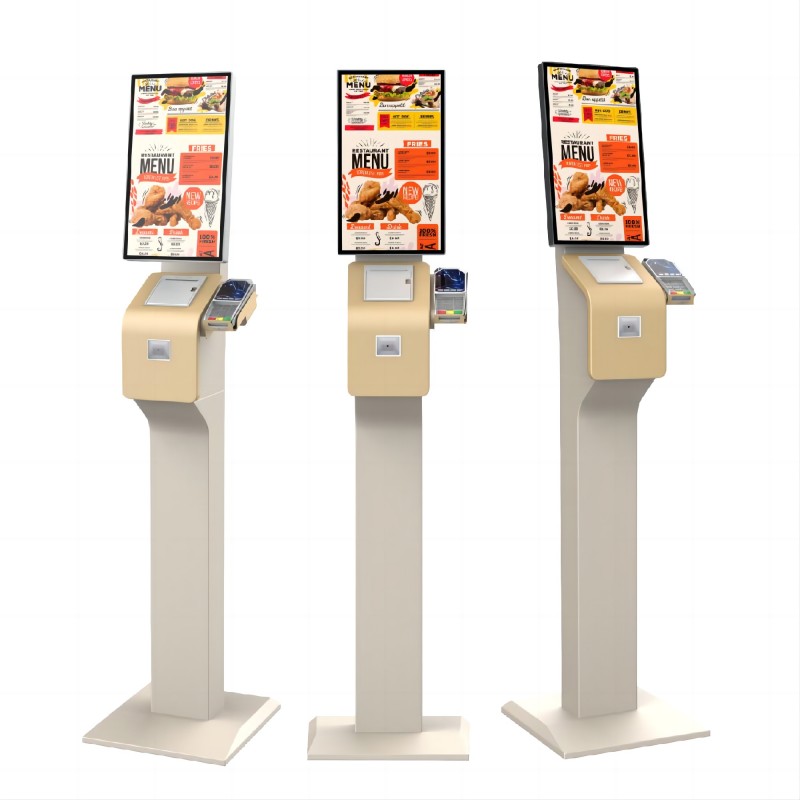--Flexibility and Variety:
Offering a range of options that cater to different tastes and dietary requirements (e.g., vegetarian, gluten-free, vegan).
Providing choices in portion sizes, sides, toppings, and condiments to accommodate individual preferences.
--Seasonal and Local Ingredients:
Incorporating seasonal ingredients to create dishes that reflect freshness and availability.
Highlighting locally sourced ingredients to appeal to customers interested in supporting local producers.
--Customizable Options:
Allowing customers to personalize their orders by selecting from a variety of components (e.g., protein choices, sauces, spice levels).
Offering build-your-own options where customers can mix and match ingredients to create their ideal meal.
--Health and Wellness Focus:
Providing nutritional information (calories, allergens) to help customers make informed choices.
Offering lighter options or substitutions to accommodate health-conscious consumers.
--Specialty and Signature Items:
Featuring unique and signature dishes that differentiate the menu and attract repeat customers.
Highlighting chef's specials or limited-time offerings to create excitement and encourage trial.
--Menu Engineering:
Analyzing sales data and customer feedback to optimize menu offerings.
Adjusting menu items based on popularity, profitability, and customer preferences.

--Order Placement:
Channels: Orders can be placed through various channels such as online websites, mobile apps, in-store terminals, phone calls, or even via email/fax for some businesses.
Integration: Seamless integration with sales channels and customer relationship management (CRM) systems to capture orders accurately and efficiently.
--Order Processing:
Inventory Management: Checking product availability in real-time or scheduled inventory updates to ensure accurate order fulfillment.
Order Verification: Verifying order details (items, quantities, pricing) to minimize errors and discrepancies.
Payment Processing: Handling secure payment transactions, including credit cards, digital wallets, and other payment methods.
--Order Fulfillment:
Picking and Packing: Selecting items from inventory, packing them securely, and preparing them for shipment or pickup.
Shipping: Coordinating shipment logistics, generating shipping labels, and tracking deliveries to ensure timely arrival.
In-store Pickup: Managing orders for customers who prefer to pick up their purchases from a physical location.
--Customer Communication:
Order Confirmation: Sending confirmation emails or notifications to customers upon order placement.
Status Updates: Providing updates on order status (processing, shipped, delivered) through automated notifications or customer service interactions.
Customer Support: Addressing customer inquiries and resolving issues related to orders, such as delays or item discrepancies.
--Returns and Exchanges:
Managing the process of handling returns and exchanges, including issuing refunds, restocking inventory, and updating customer records.
--Data Collection:
Sources: Gathering data from various sources such as transactional systems (e.g., POS), CRM platforms, website analytics tools, social media platforms, and third-party sources.
Data Integration: Consolidating data from disparate sources into a centralized data repository for analysis.
--Data Analysis:
Descriptive Analytics: Analyzing historical data to understand trends, patterns, and performance metrics (e.g., sales trends, customer demographics).
Diagnostic Analytics: Identifying the root causes of past outcomes or issues by examining historical data.
Predictive Analytics: Using statistical models and machine learning algorithms to forecast future trends and outcomes (e.g., sales forecasting, demand prediction).
Prescriptive Analytics: Providing recommendations on actions to take based on predictive models and business objectives.
--Reporting:
Dashboard Reports: Visualizing key metrics and KPIs (Key Performance Indicators) in real-time or near real-time for quick insights.
Ad-Hoc Reports: Generating customized reports based on specific queries or user-defined criteria.
Scheduled Reports: Automatically delivering reports on a regular basis (daily, weekly, monthly) to stakeholders.
--Visualization:
Charts and Graphs: Using visual elements such as bar charts, line graphs, pie charts, and heatmaps to present data effectively.
Interactive Dashboards: Allowing users to drill down into data and explore insights dynamically.
--Data Governance and Security:
Ensuring data integrity, accuracy, and compliance with regulatory requirements (e.g., GDPR, HIPAA).
Implementing security measures to protect sensitive data and maintain confidentiality.
--Actionable Insights:
Translating analytical findings into actionable insights and recommendations for decision-makers.
Facilitating data-driven decision-making across departments and functions